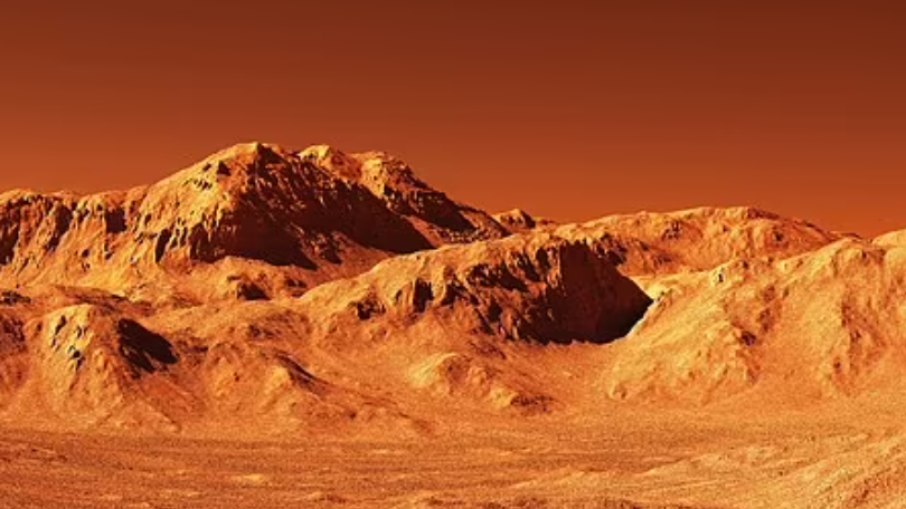
‘Dog Structure’ Spotted on Mars Confuses Researchers
New discovery in Mars It revealed an interesting underground structure, and surprisingly, it contains Format A puppy The formation, hidden under layers of sediment from a vanishing ocean, is part of a group of about 20 mysterious structures discovered around the planet’s northern polar cap, according to researchers from Utrecht University and TU Delft in 2018. Denmark The formations vary in shape and size, and the team is intrigued because they still don’t know exactly what they are or how they came to be.
According to preliminary theories, these structures may have been compressed by ancient meteorite impacts or formed by volcanic activity. However, further studies will be needed to uncover the true origin of these underground anomalies.
Mapping these structures was made possible by small variations in the satellites’ orbits, which allowed a model of Mars’ gravitational field to be created, revealing how mass is distributed beneath the planet’s surface. These data were combined with observations of the thickness and elasticity of Mars’ crust, as well as the dynamics of the planet’s mantle and core, obtained by the Mars InSIGHT probe. NASA Which completed its mission in 2022.
The dog-shaped structure, like the others, is covered in a thick layer of sediment, which could be the floor of an ancient sea. Billions of years ago, Mars was covered with oceans and rivers, but their waters evaporated after a radical climate change, and now evidence of these bodies of water remains only in the planet’s geological records, such as this sedimentary layer.
Although the underground formations have no visible remains on the surface, Professor Bart Root of TU Delft, who is leading the research, said that “through the gravity data, we have an interesting glimpse into the ancient history of Mars’ northern hemisphere.”
In addition to these findings, the study suggests that Mars may have more geological activity than previously thought. The team also identified a potentially large plume of magma in the planet’s mantle, about 1,100 kilometers deep, that could feed the supervolcano Olympus Mons, the largest in the solar system.



![[VÍDEO] Elton John’s final show in the UK has the crowd moving](https://www.lodivalleynews.com/wp-content/uploads/2023/06/Elton-John-1-690x600.jpg)

More Stories
What ChatGPT knows about you is scary
The return of NFT? Champions Tactics is released by Ubisoft
What does Meta want from the “blue circle AI” in WhatsApp chats?